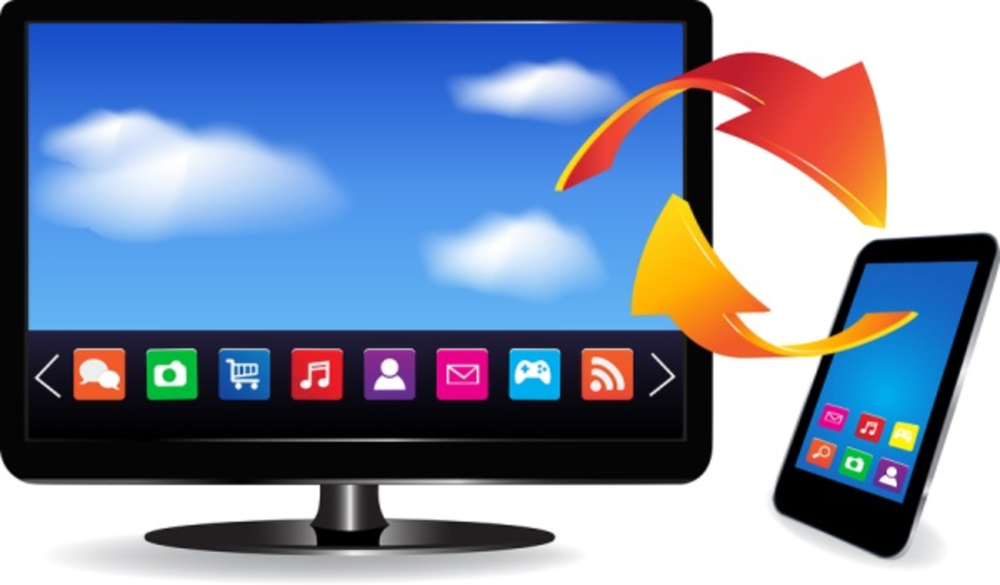Bottom line: Television is no longer a platform used solely to broadcast a message.
Marketers today need to have an actual conversation with TV audiences. They need to provide a way for viewers to not just respond to offers—although that’s important—but also contribute personal stories to a brand’s narrative or even take part in a movement.
In fact, several panelists at ad:tech New York gave a stern warning: Brands whose marketing teams don’t spark that two-way conversation on television will simply be left behind. The key to unlock that interactive experience is social media.
“If brands are looking to extend the conversation, social is it,” said Dan Loesch, head of business development at Peel, a smart remote technology that allows you to change the channel with your smartphone. “We have decades of [broadcast] behavior that we’re fighting against. But our kids and younger siblings will continue to move more to the social experiences.”
Loesch says there are products that can bring mobile experience, social conversation, and digital interaction to the traditional medium of television. He and the other panelists encouraged marketers to think of social first as they develop marketing plans for broadcast and cable television.
“Social used to be at the tail end of a campaign; now we’re starting with it,” said BET‘s senior director of social media, JP Lespinasse. He says marketers have advanced past the days when viewers would respond to TV content that’s already made for them; instead, they’re helping make the content. For instance, Lespinasse said, the extent of social interaction used to be “when American Idol fans cast votes on their phones.” He said today that interaction goes much farther, such as Amazon viewers voting on which pilots go to series.
“It’s a shift in how you think about the inception of content,” Lespinasse explained. “Marketers should even optimize video pre-rolls by putting the most important information first, not at the end like traditional TV ads.”
The panelists suggested that rather than a broadcast campaign, marketers should aim to create engagement campaigns, ones that enthrall viewers. “It’s more about can we [as marketers] make content to get the user involved,” explained Jouke Vuurmans, executive creative director at digital production company MediaMonks. “When we bring you in, then the content becomes something users want to actually use.”
And rather than think of broadcasting and social as two different channels, the pundits suggested that marketers view them as one powerful medium: socialcasting. “Content is social,” said Victor Knaap, CEO of MediaMonks. “If you create good content, people will talk about it. That’s social.” The panelists described social as an entire ecosystem that includes various platforms, such as Twitter and television, and has several ways to communicate, including the ubiquitous hashtag.
“Socialization is not a tool. It’s a behavior,” Vuurmans explained. “It’s context. Make [the user’s] device make sense inside the context [of a marketing campaign]. Every TV show or campaign doesn’t need a second screen. Do it only if it makes sense.”
On a final note, BET’s Lespinasse said that above all, marketers should always experiment with their socialcasting campaigns. “As head of my social department, I basically run the laboratory,” he explained. “I’m always testing. If you’re not testing [with social] every day, you’re going to fall behind. As you experiment, work to develop content that appeals to the viewer, and incorporates the advertiser’s message.”








